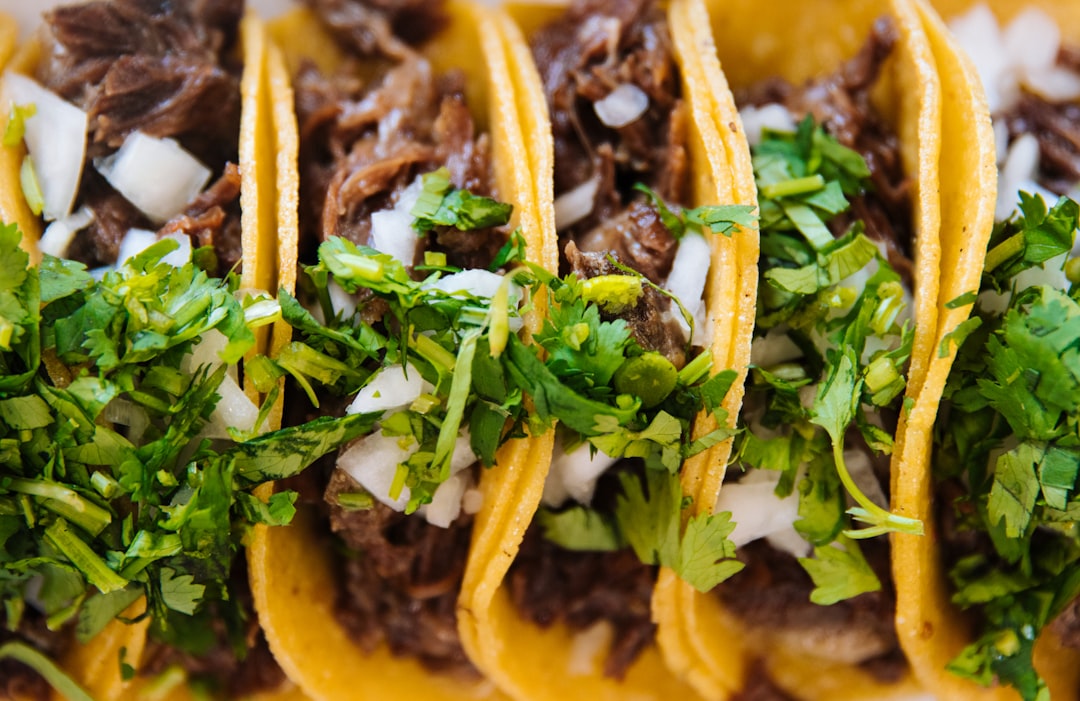In 2020 alone, America recorded more than 1.8 million new cancer cases, according to the National Cancer Institute (NCI). Even worse, more than 600,000 cancer patients succumbed to the disease. To help minimize the effects of cancer in society, researchers and scientists are constantly working towards developing a therapeutic vaccine for this disease. It is worth noting that while there have been major advances in this quest, different obstacles continue to limit substantial breakthroughs. The major obstacles to advances in therapeutic cancer vaccines include:
Unwanted Antigen Immunogenicity
Immunogenicity refers to the quality of a foreign substance, also known as antigen, to trigger an immune response once it enters the body. This helps the body to fight back and neutralize the antigen. In some cases, the foreign substance is usually a therapeutic antigen, such as those present in vaccines. In other words, therapeutic antigens are not supposed to trigger an immune response since they are not injurious to the body. Even so, most cancer vaccines trigger unwanted immunogenicity since the body recognizes them as foreign substances. This greatly limits the function of the cancer vaccine in the body by inactivating its therapeutic effects, and eventually, causing potentially adverse effects to the recipient, according to the Multidisciplinary Digital Publishing Institute (MDPI).
Tumor Immune Suppression
The activation of the immune system at the detection of antigens stimulates the release of antibodies, which then fight the foreign substances. The destruction of antigens can happen in different ways, including, among others, phagocytosis, opsonization, and neutralization. That said, a cancer vaccine injected into the body is supposed to activate the immune system to fight the cancerous cells. Unfortunately, tumor cells can suppress immunity and this prevents the body from taking any action of self-defense. To successfully evade the immune cells or suppress them, cancerous cells use mechanisms such as:
• Losing tumor antigens to prevent recognition by the immune system, also known as downregulation
• Releasing immunosuppressive molecules
• Producing extracellular vesicles such as exosomes that suppress the immunity
• Losing adhesion molecules to prevent binding
• Upregulating to prevent death
• Rapid metastasis to increase survival chances
This means that the vaccines developed must be able to conquer all these factors for reliability in cancer treatment.
Conclusion
These are some of the main challenges facing the development of advances in therapeutic cancer vaccines. According to expert projections, new vaccines will use multi-adjuvanted approaches to strike a balance between stimulating immunity and preventing inhibition.









